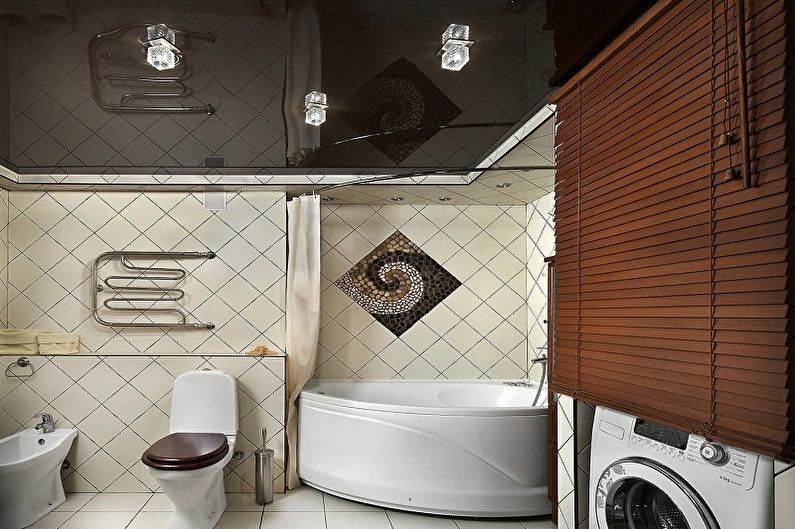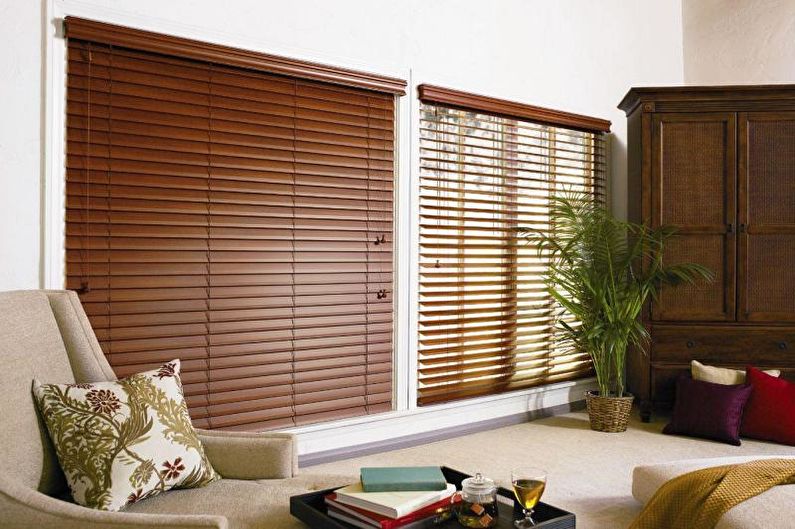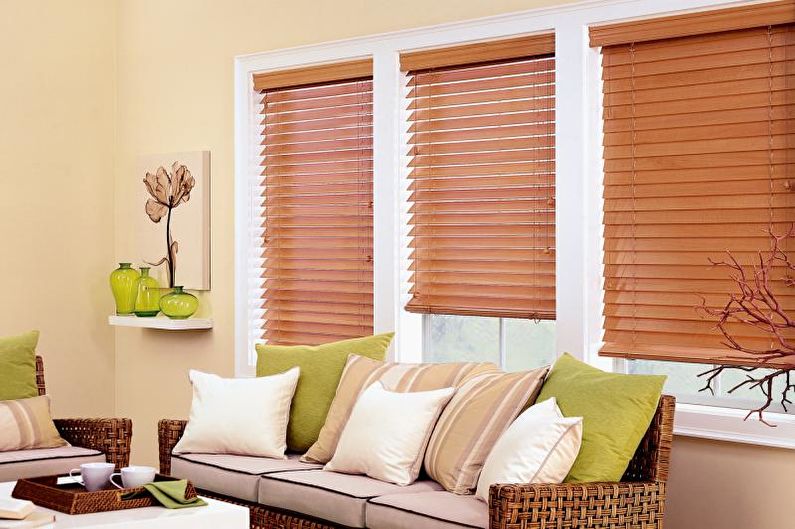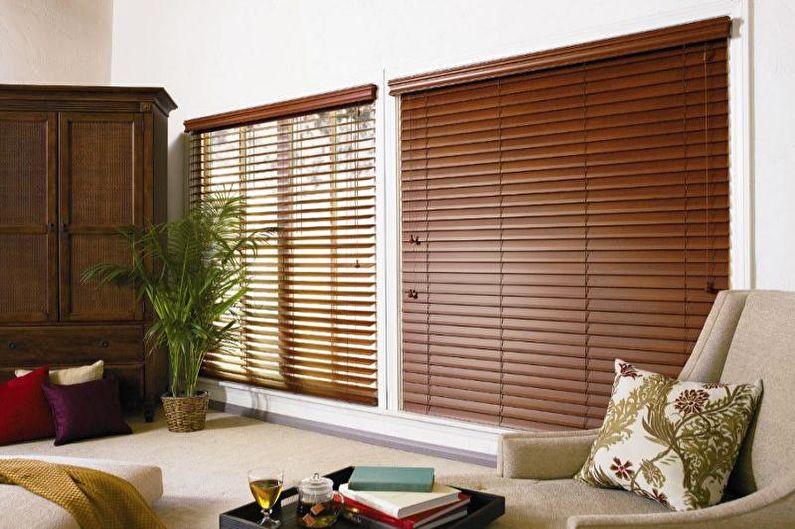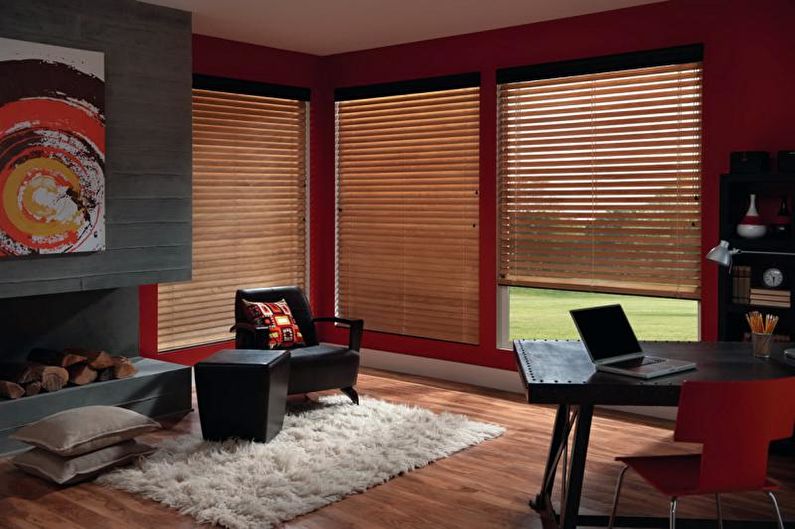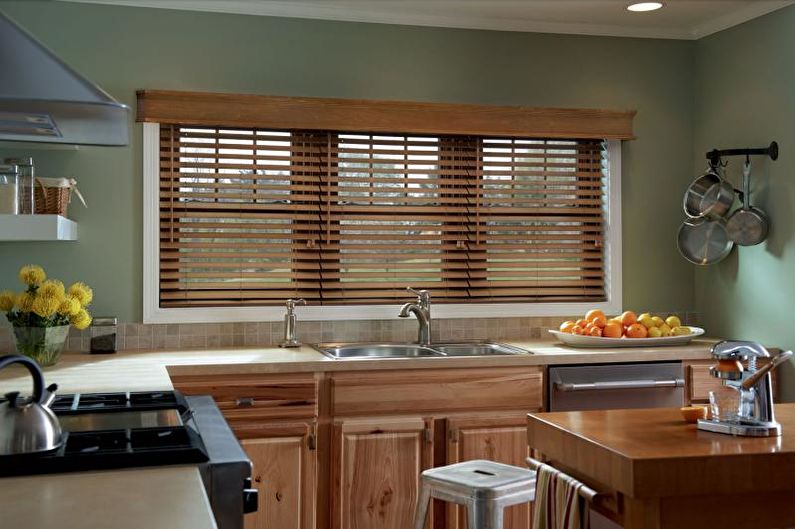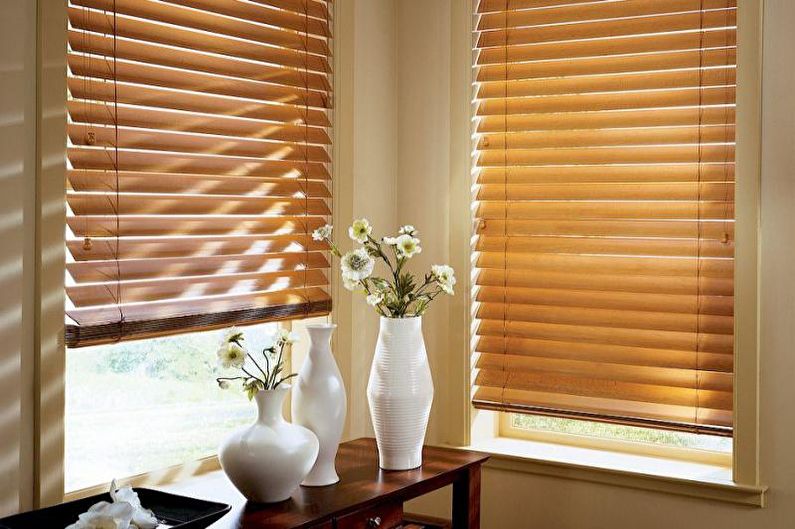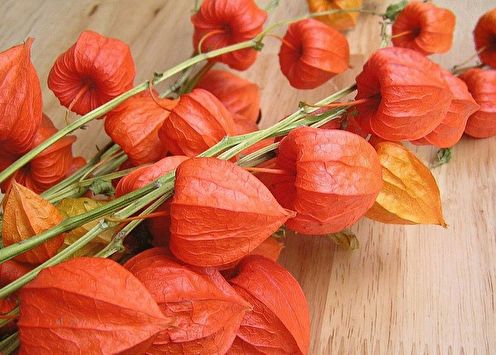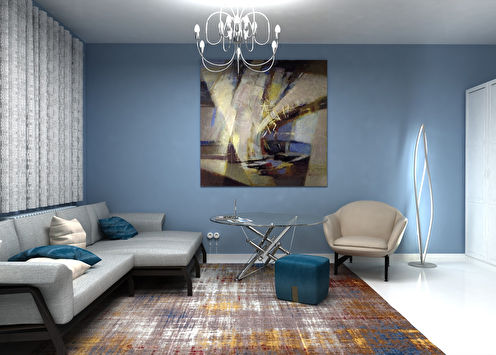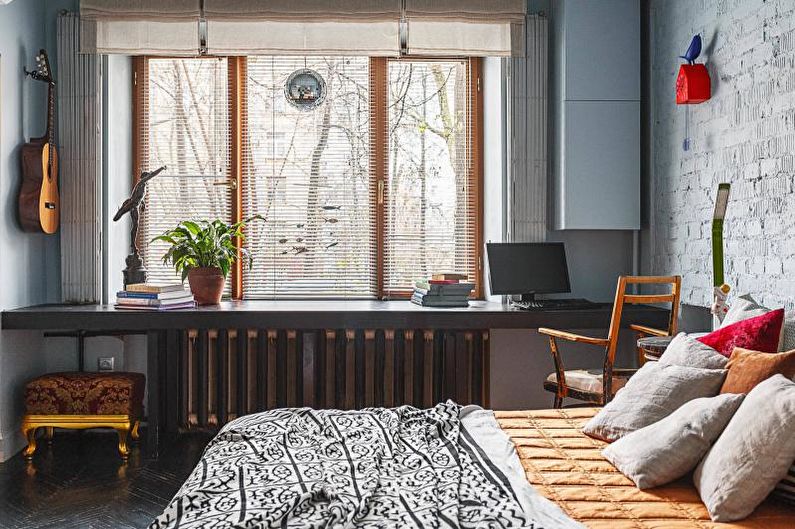
Modern blinds have long won the hearts of designers and apartment owners, ceasing to be exclusively an attribute of gray office rooms. Today, manufacturers offer products of new modifications, made of various materials, designed in a wide stylistic and color range. It is not difficult to choose something special for almost any interior, it remains only to figure out what types of structures exist and what their features consist of.
Types of blinds by type of construction
Each type of blinds has its own functional load, specificity and personality. Therefore, in order to understand what structure is best for window decoration and sun protection in the best way, it is necessary to decide in which part of the house they will be located, as well as what main tasks will be performed.
Vertical blinds
Vertical designs resemble standard curtains. They are made of fabric and plastic, and therefore have a wide range of different colors and textures. The movement of the components contributes to the change in chiaroscuro in the room, which in turn affects the overall impression of the interior.
The strips that make up the vertical blinds - lamellas, can have different lengths and widths depending on the need. If you have large window openings at your disposal, dwell on varieties with wide stripes, and if the windows are small, give preference to narrow lamellas. This type of curtain is preferred for small rooms with low ceilings, because vertical lines visually stretch the room and make it more spacious.
Among the advantages of vertical blinds, the following positions can also be distinguished:
- Strict geometric design fits perfectly into modern interiors and can be easily combined with light tulle and blackout curtains;
- The vertical mechanism can be assembled from different sides, divided or assembled in the center;
- The location of the slats from top to bottom minimizes the accumulation of dust on them.
But there are some nuances - with large air currents, the lamellas begin to swing and create an unpleasant noise. Therefore, it is better not to use vertical blinds on the balcony. Non-standard window shapes complicate the installation process, and plastic variations are not suitable for decorating large planes.
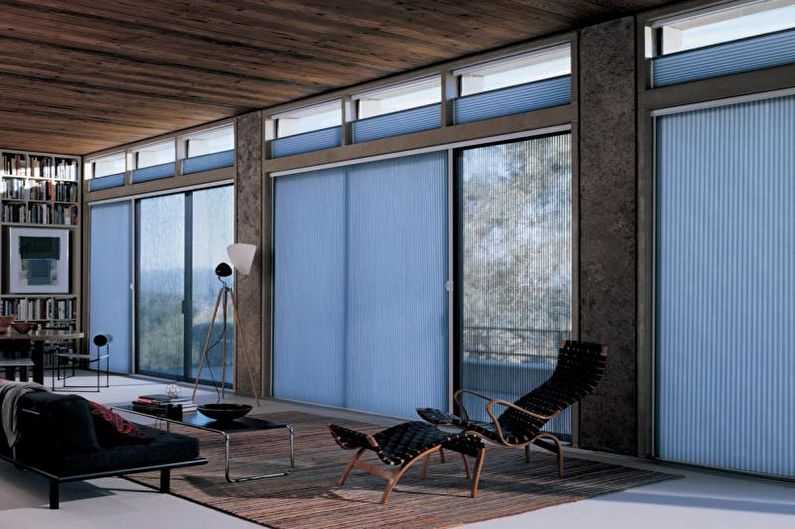
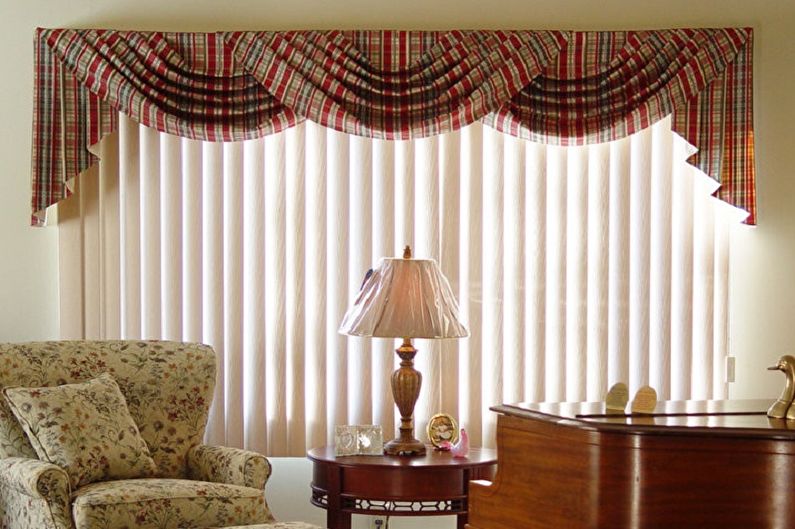
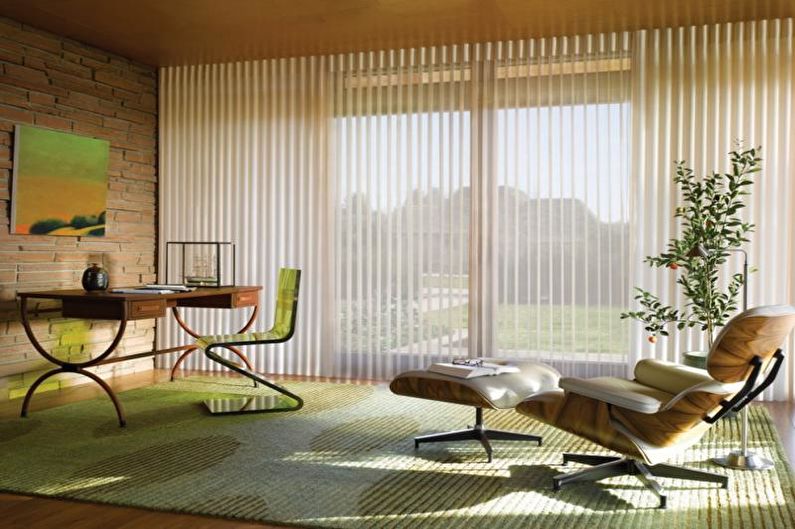
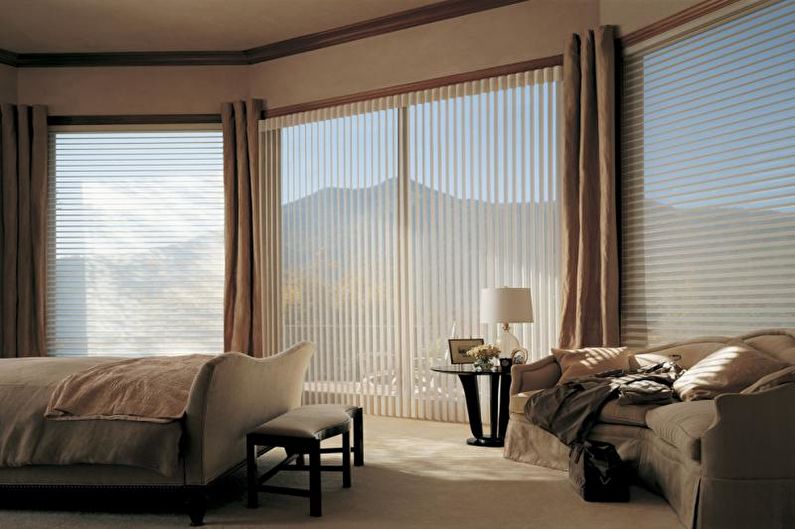
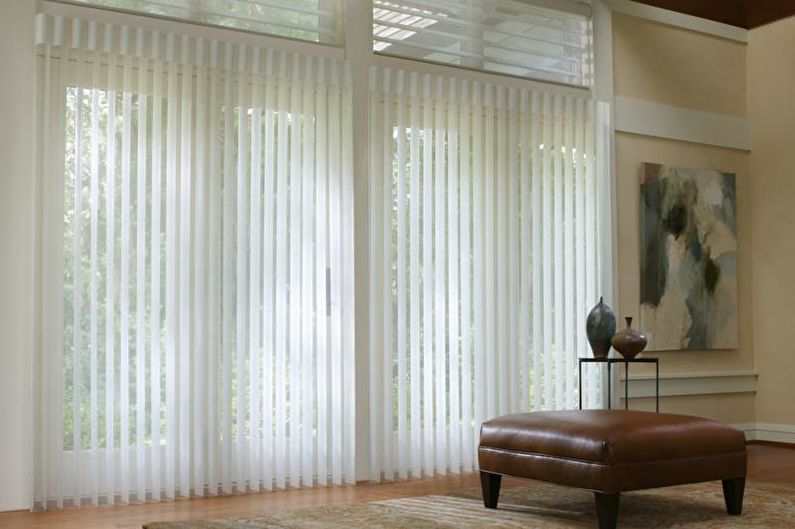

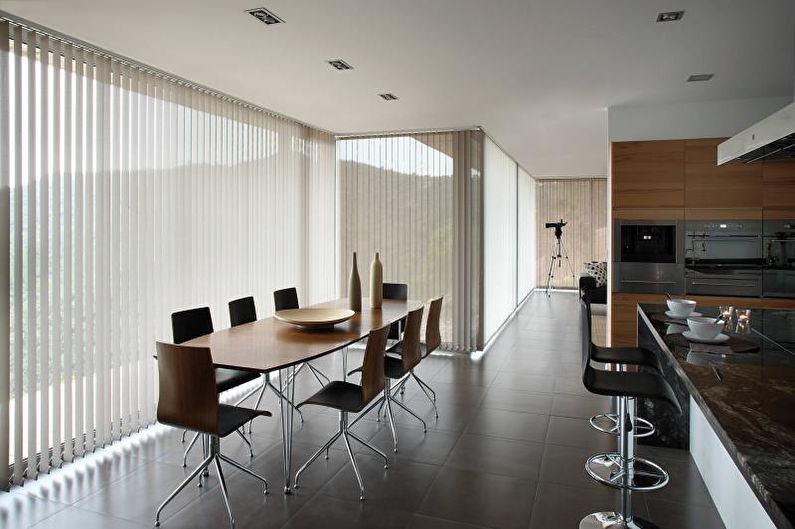
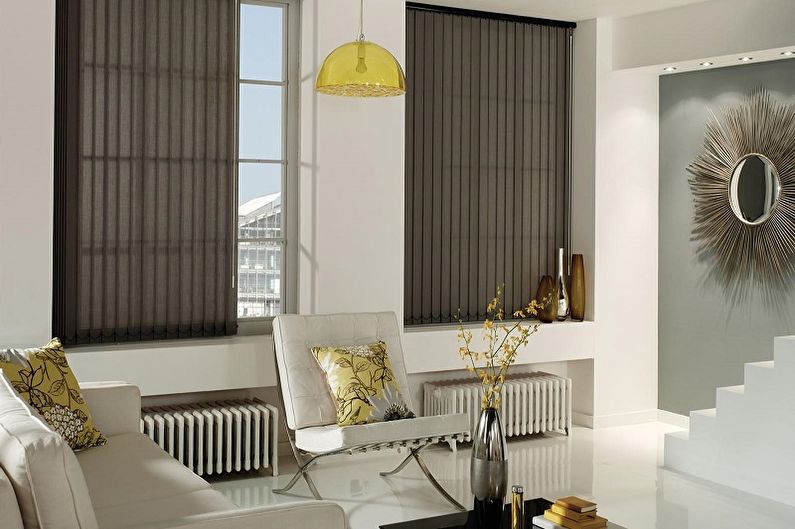

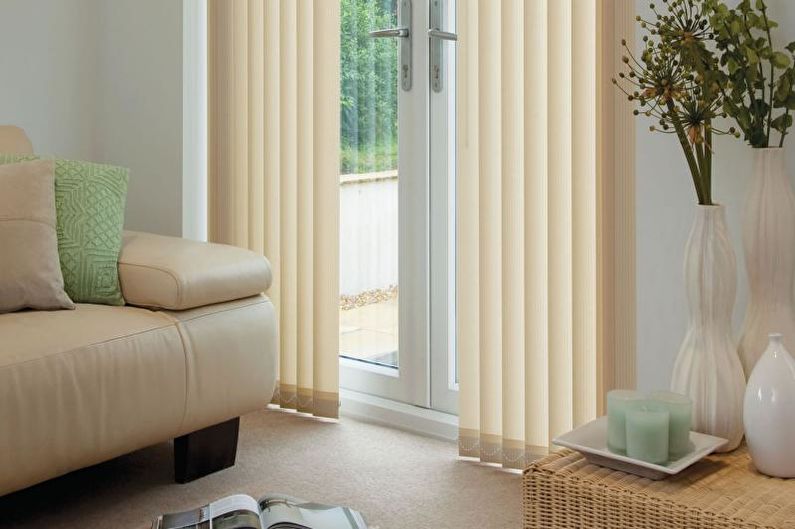
Horizontal blinds
Horizontal execution is considered classic. Initially, they were widely used in the design of office premises. Today they are distinguished by the wealth of materials used, colors, as well as a number of other practical and aesthetic advantages, and therefore are used everywhere:
- Universal curtains are suitable for both large and small openings, including mansard;
- Horizontal blinds are very compact and occupy a place exclusively on the opening itself;
- The settled dust is quite easy to remove from the surface;
- An undoubted advantage is the ease of installation and a variety of types of mounts;
- The degree of illumination is regulated as widely as possible - the lamellas can be rotated at any angle, and besides, the window can be completely released for full light.
All these advantages have allowed horizontal blinds to spread in apartments and houses quickly enough. For many interiors, convenient and practical fixtures of minimalistic forms have become indispensable attributes.Manufacturers offer modifications with automatic control, the ability to close simultaneously with the inclusion of artificial light and work according to the program set by the owner.

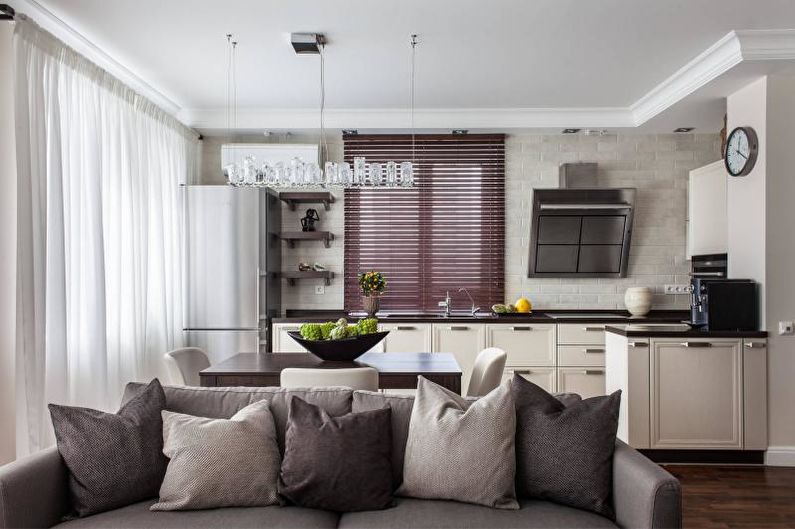
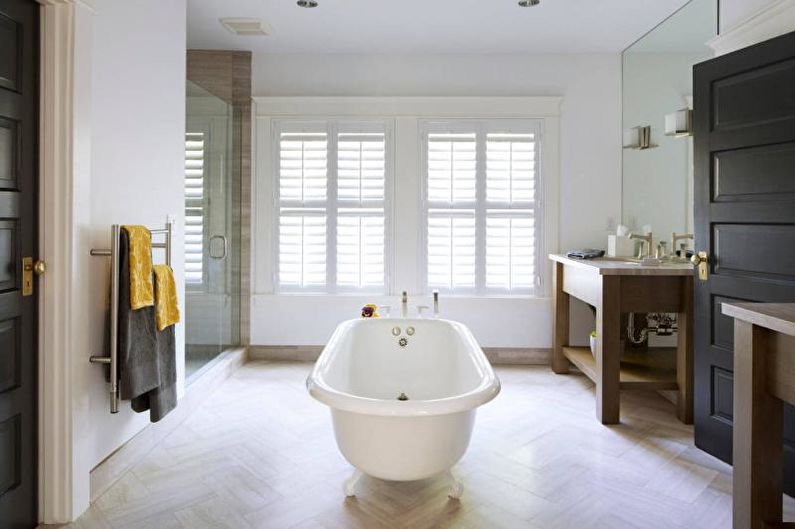
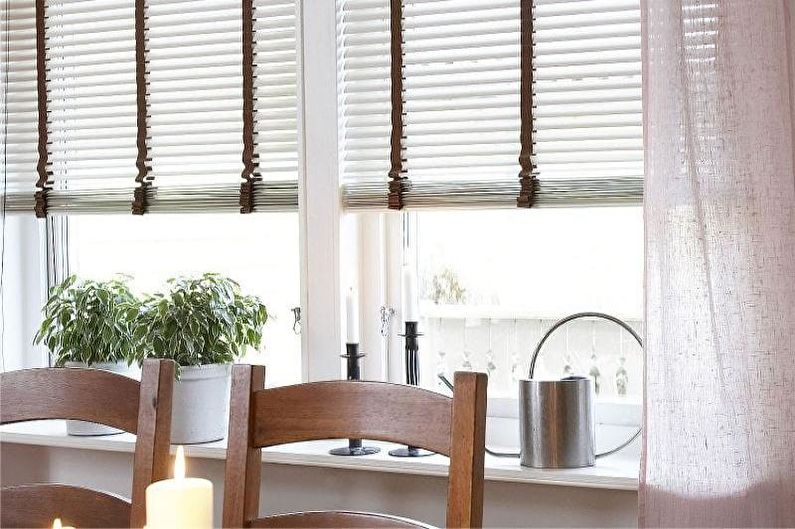
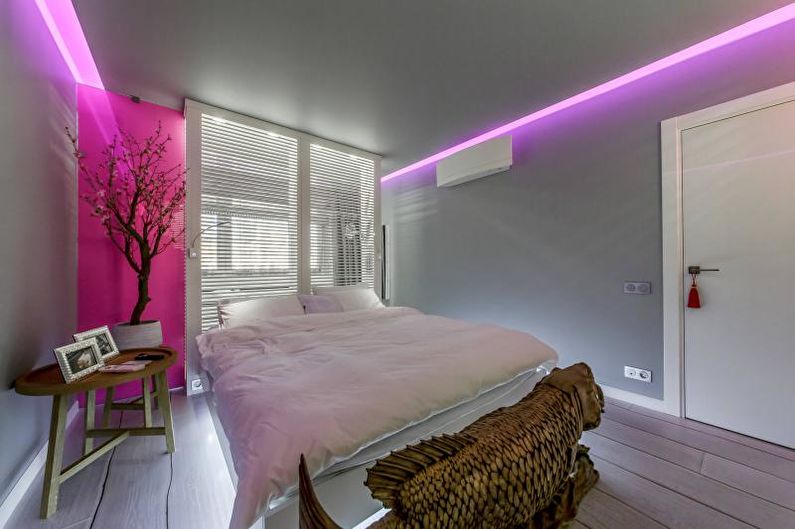

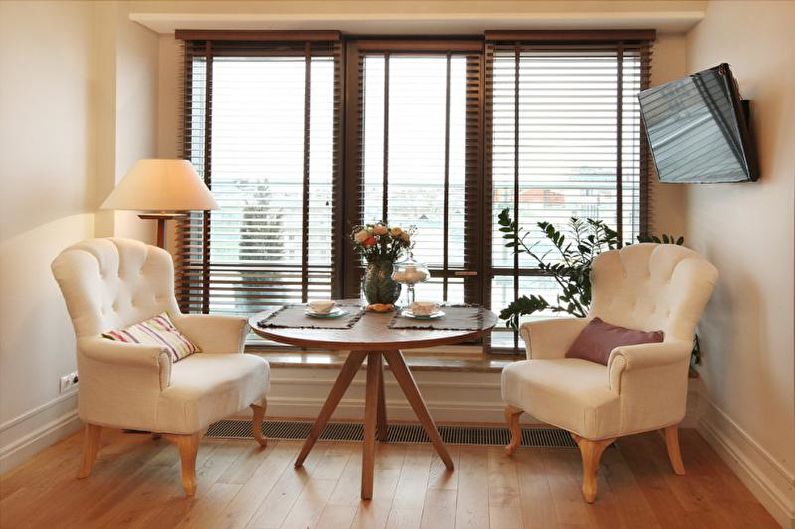

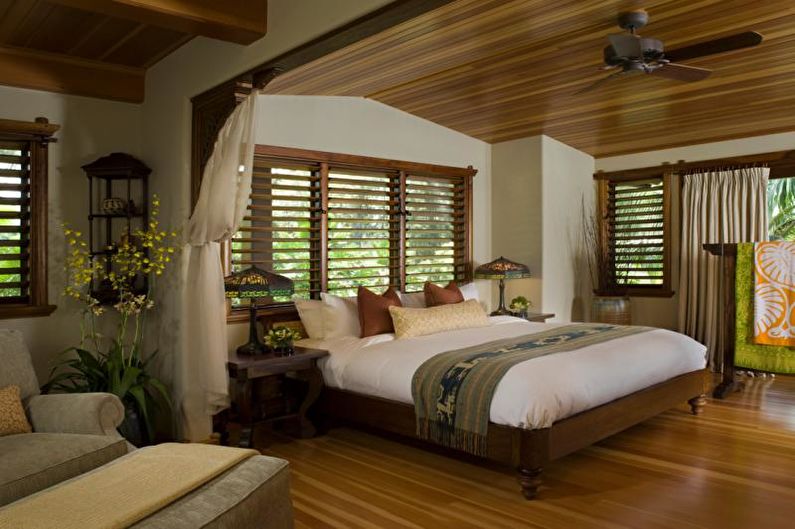
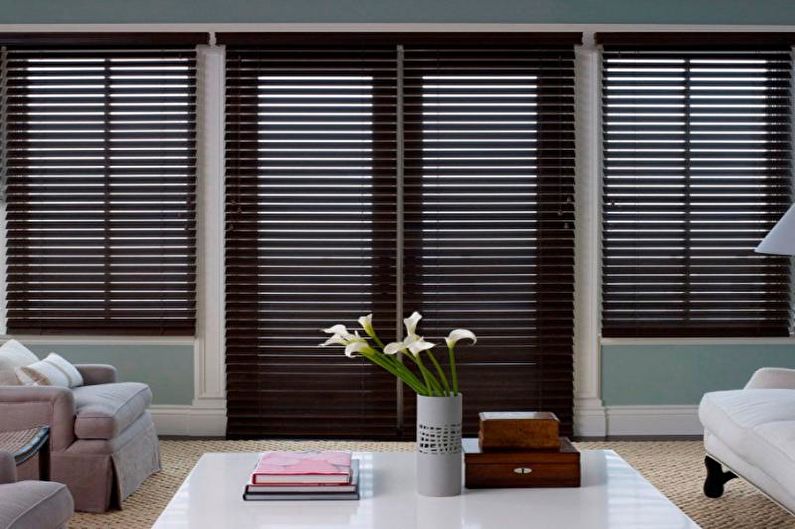
Roller blinds and roman blinds
If standard horizontal and vertical blinds can be made of various materials, then these analogues are only bamboo or textile. The continuous curtain is adjustable only in length, but it is simply and quickly folded into a small roll at the top.
This option is very convenient if you need a free window sill to place decorative elements. Blinds can have an original texture and print, so they are quite capable of becoming an independent element of decor.
Externally, Roman curtains resemble roller blinds, and are also made of fabric. The only difference is that they do not fold into a roll from above, but are draped with beautiful folds.
The only thing worth paying special attention to is that such panels require a clean relationship, since greasy spots can destroy them forever.
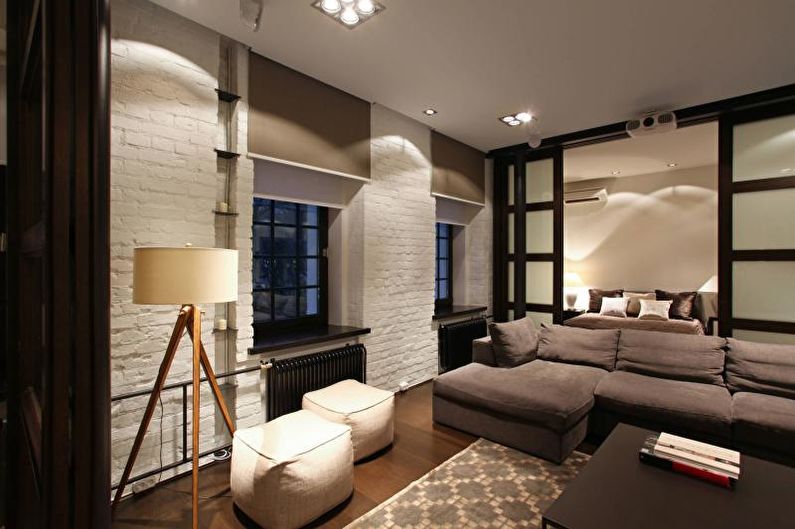
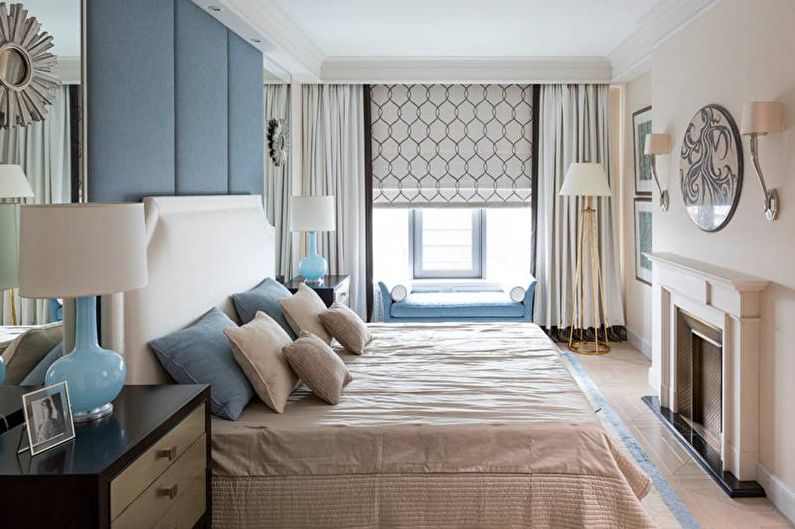
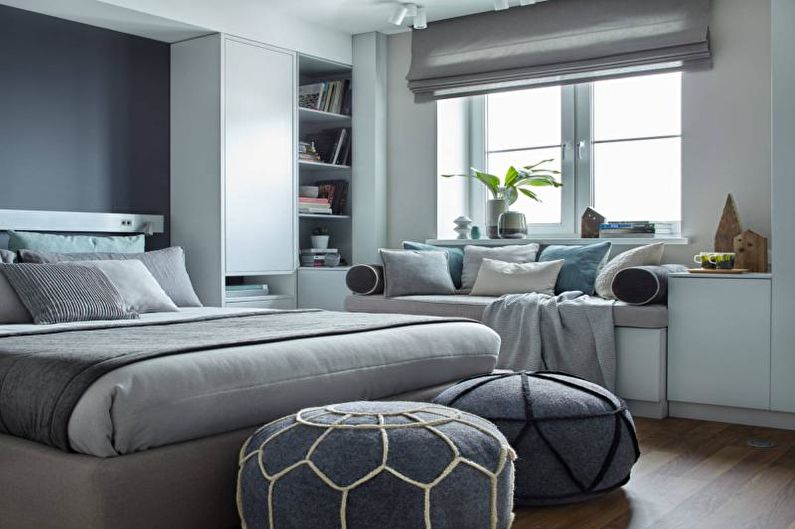
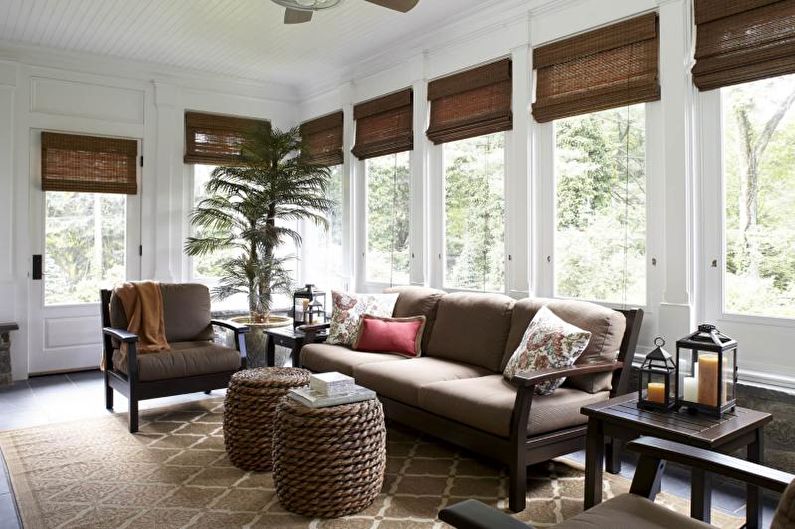
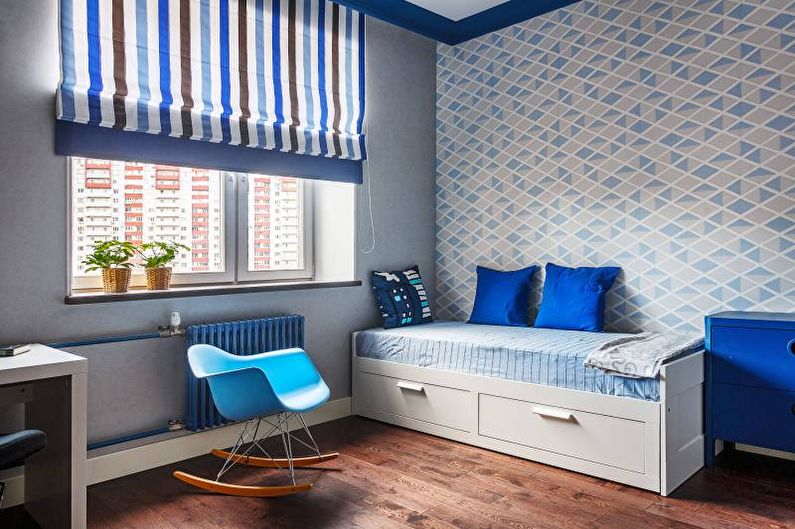
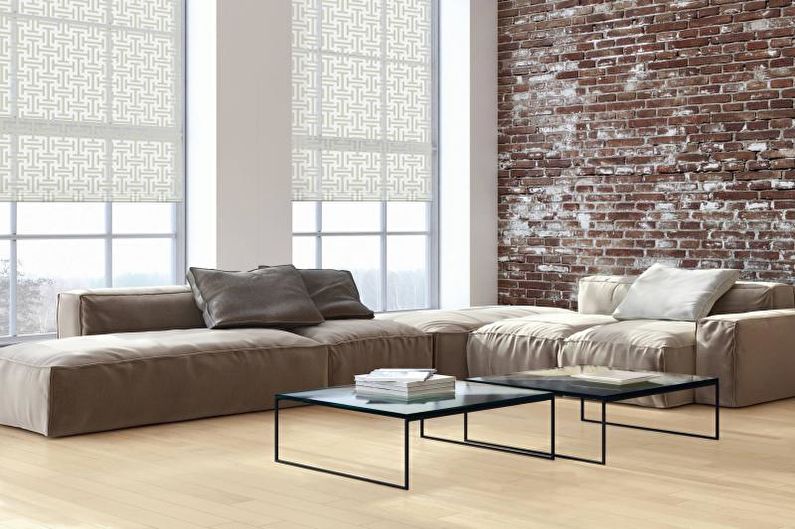
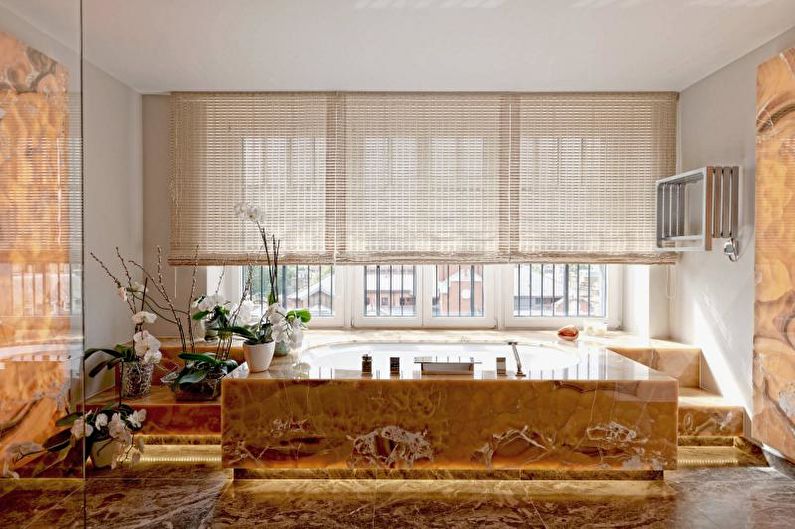
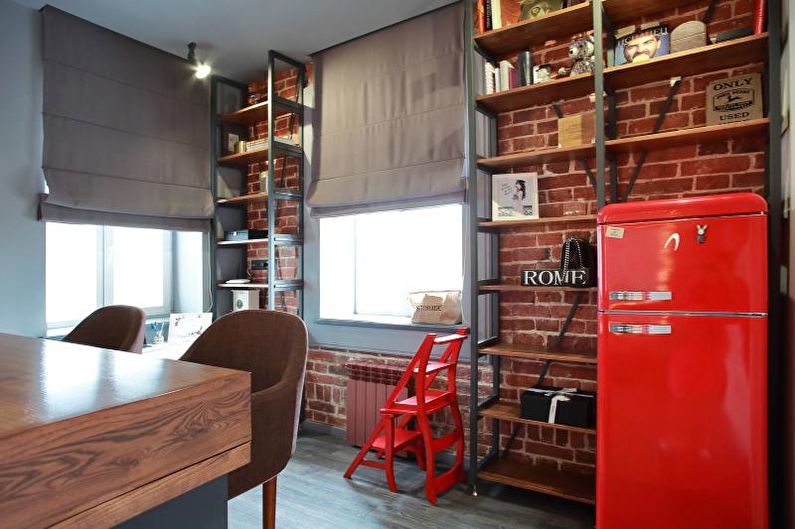
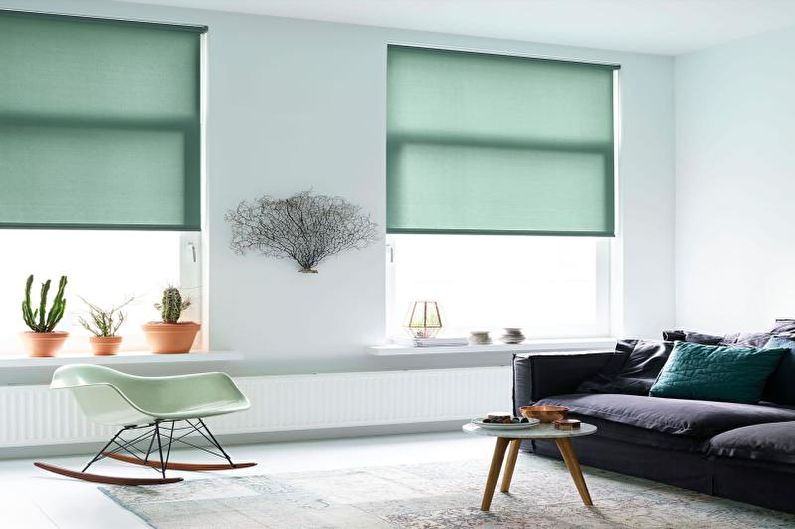
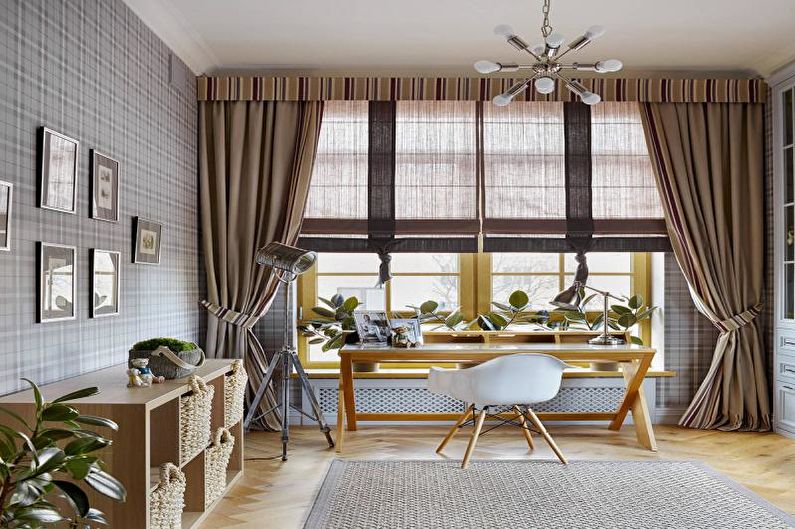
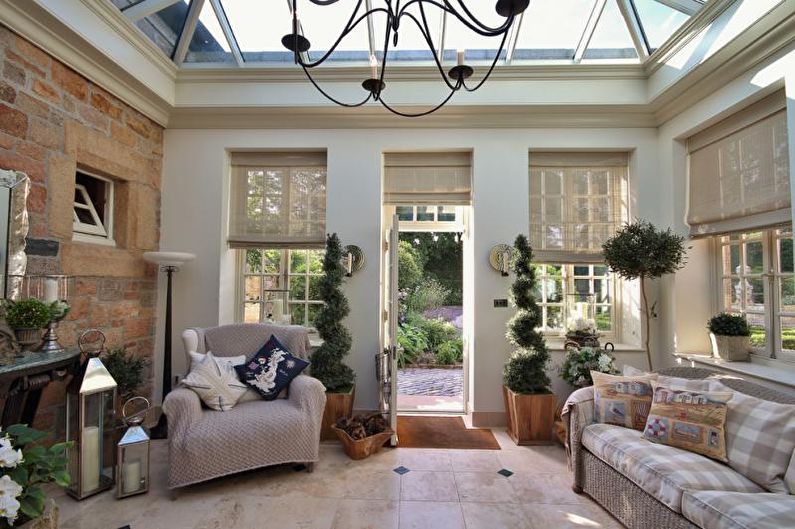
Cassette blinds
The cassette mechanism is a special variation of horizontal structures, which is attached to the window glazing. Often they are used to cover windows made of metal-plastic, less often - for wooden. The cassette mechanisms are provided with lateral fixation, thin and neat so that the blinds do not move from side to side from the wind or from closing-opening the window.
Cassette blinds are installed close to the glass, so they effectively protect against light, and are also very compact. Since the installation is carried out separately for each leaf, it is convenient to open one of them, while the second is left closed.
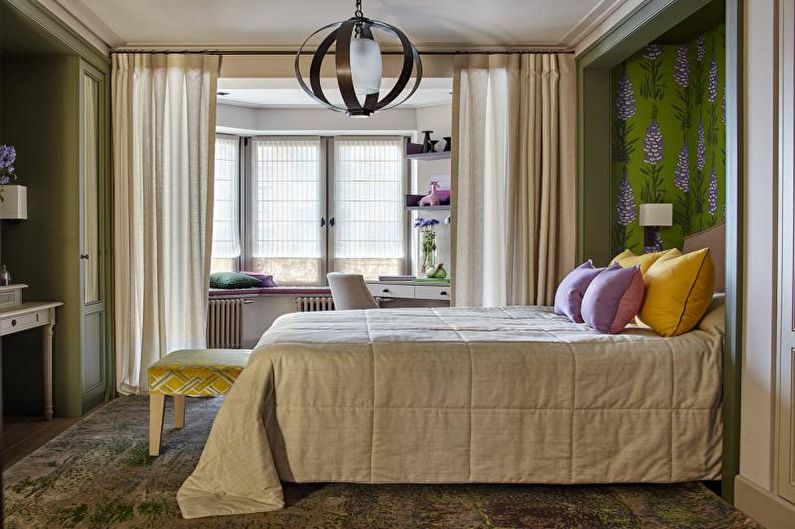
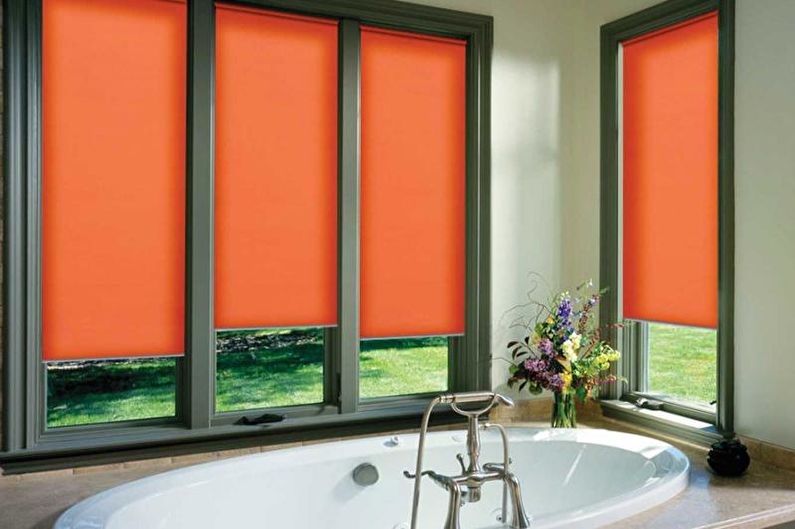
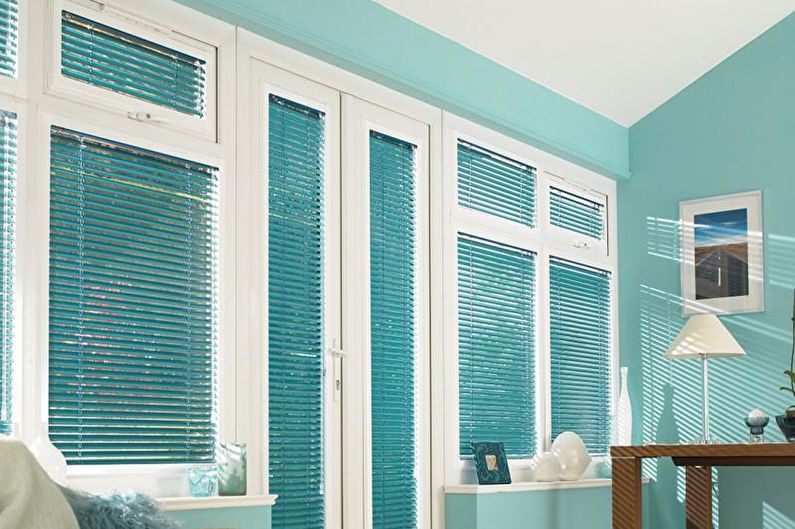
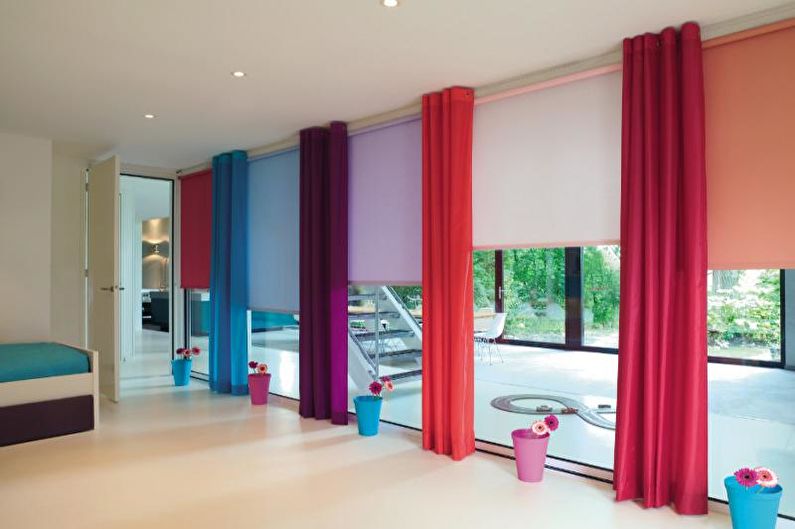
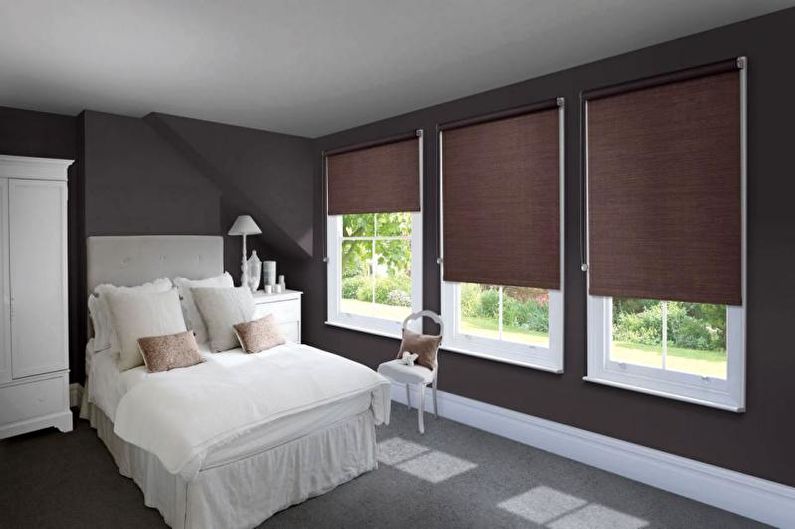
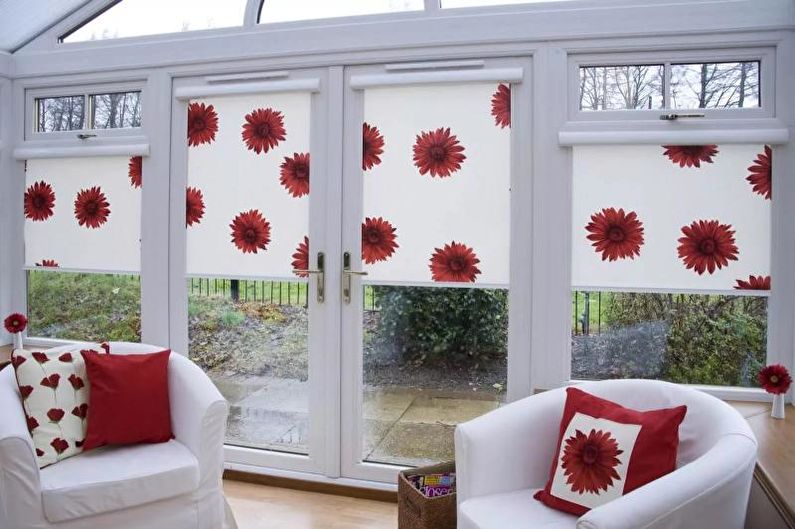
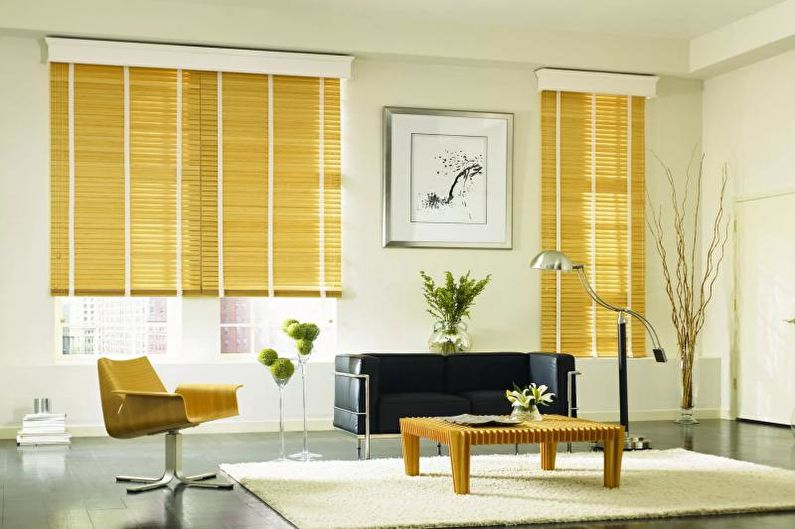

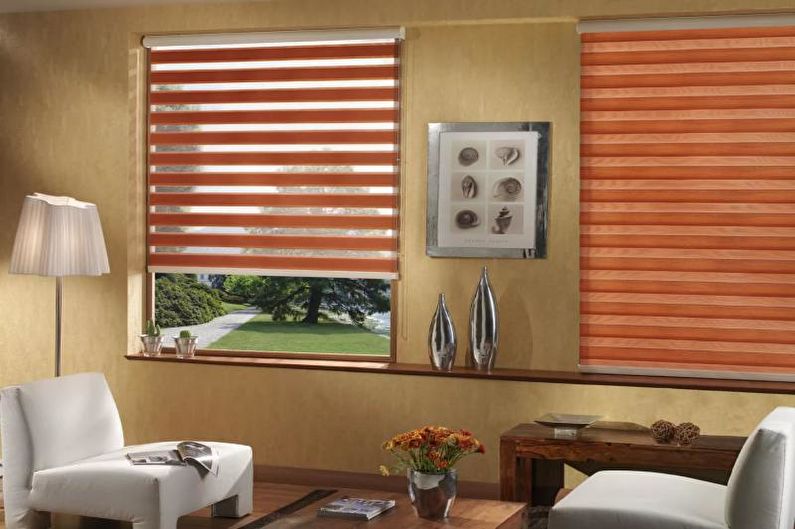

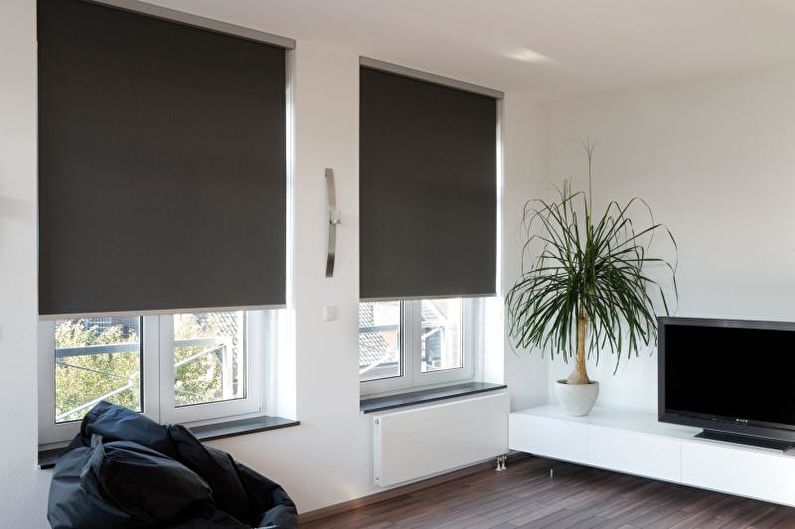
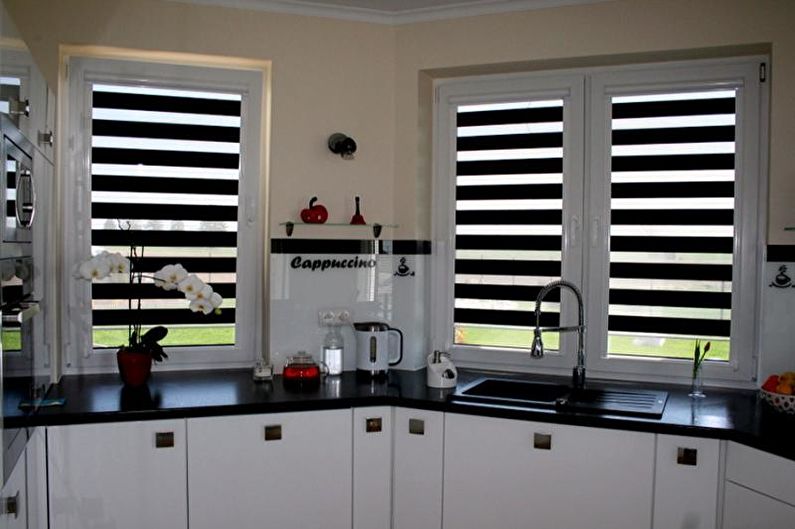
Blinds Pleated
From afar, such curtains resemble ordinary horizontal models, however, coming closer, you can make sure that they are structurally a single pleated canvas.
The main advantages of this type of blinds include the following features:
- Possibility of washing;
- Beautiful appearance of deployed blinds with an almost imperceptible arrangement in a minimized form;
- Cope perfectly with the functions of standard curtains, even in the case of the most unusual forms of windows: trapezoidal, triangular, rounded;
- Convenient for reliable fixation on skylights and skylights;
- Some options consist of a combination of materials of different colors and density, so that you can adjust the degree of exposure to sunlight;
- A wide selection of variations of mounts and controls;
- The ease of installation of the blinds allows you to fix them yourself and replace them in case of updates to the design of the room.
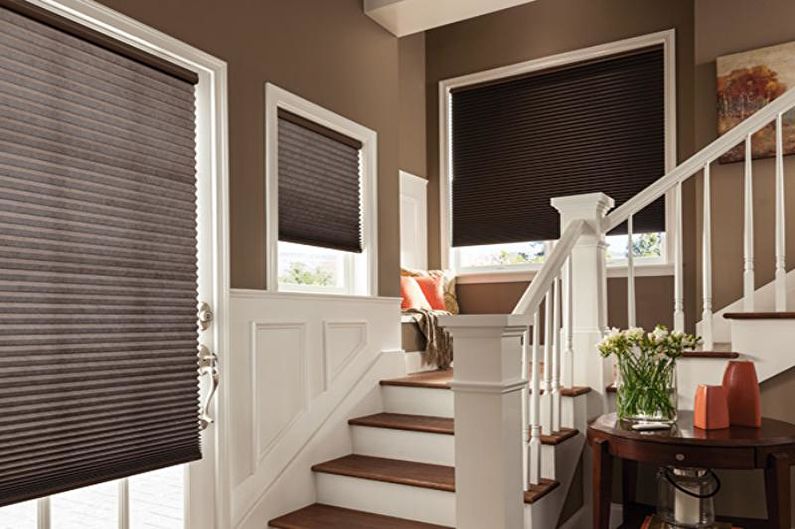
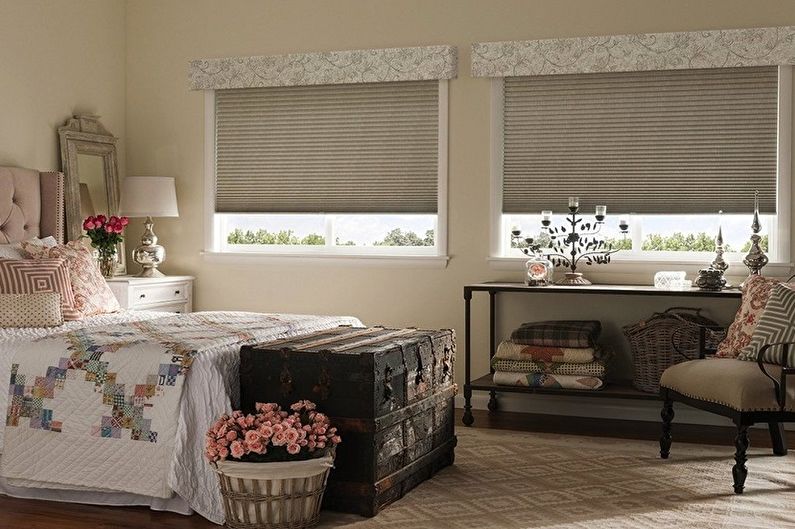
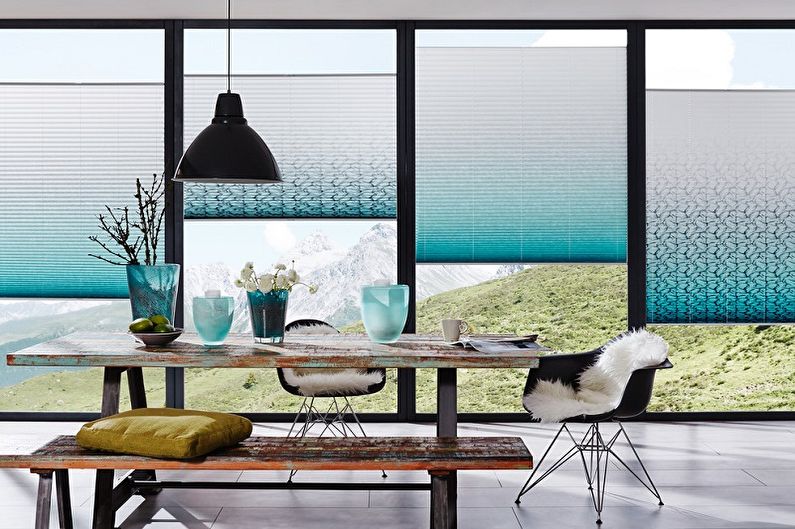
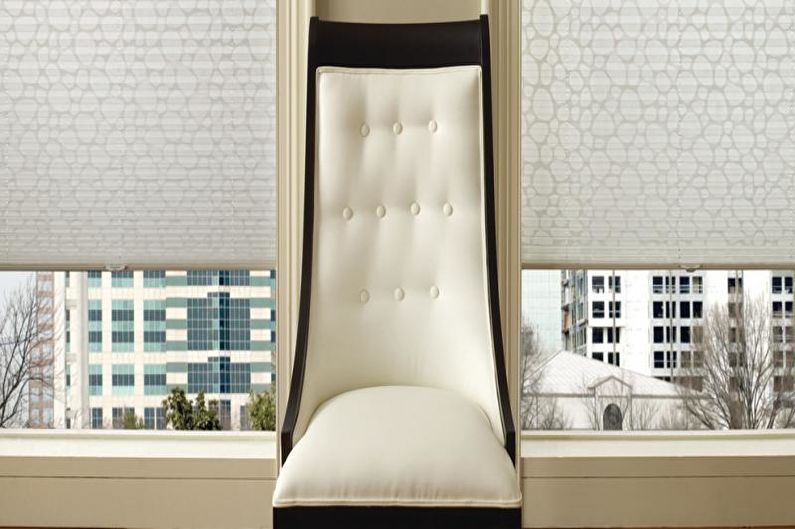
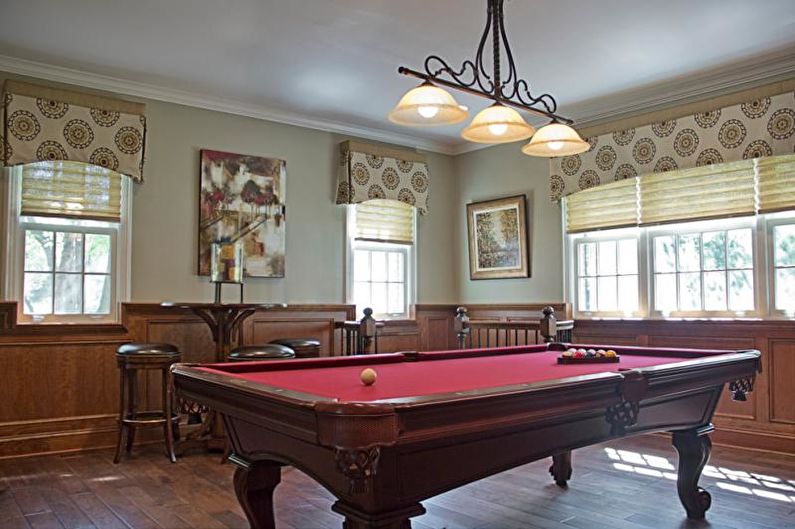
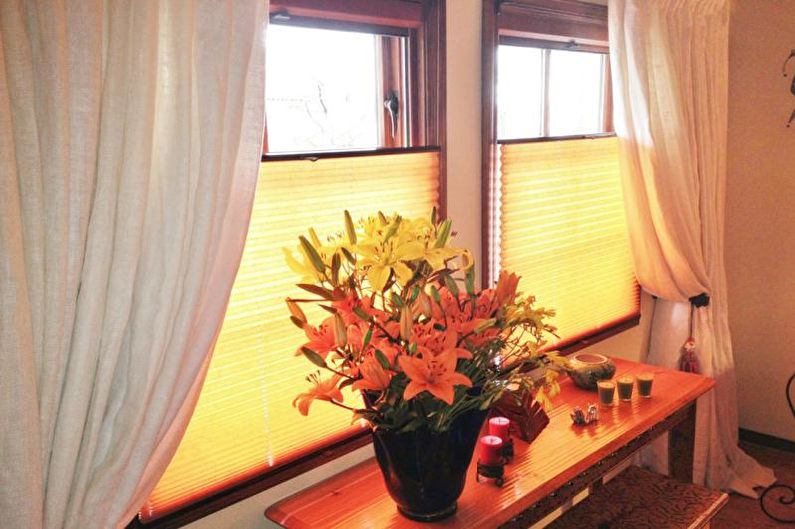

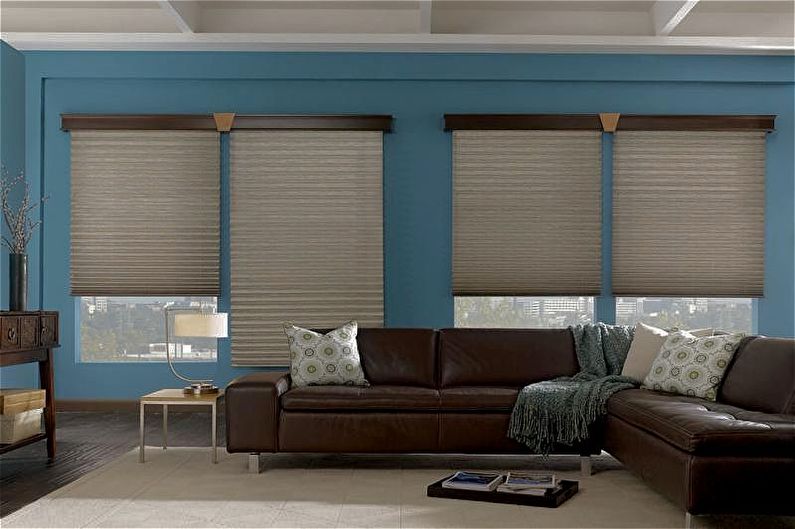
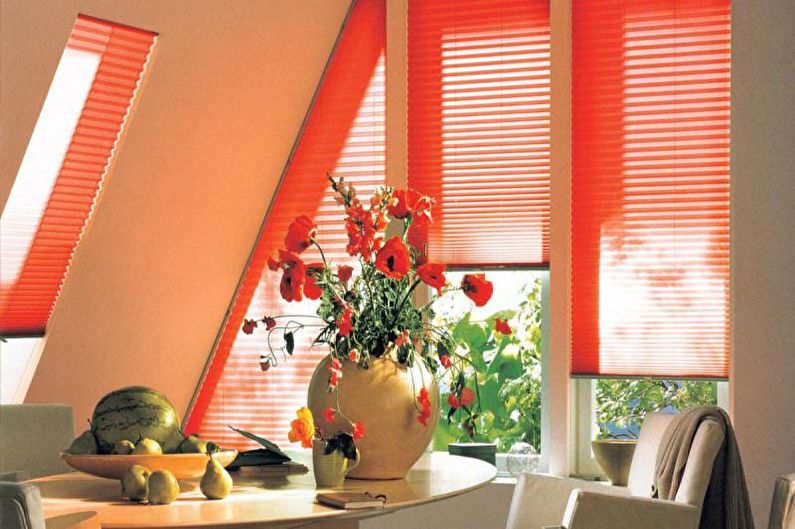
Varieties of blinds for production materials
Qualitative, practical and aesthetic indicators of blinds directly depend on the raw materials from which they are made. Therefore, before buying a product you like, it makes sense to study in more detail their basic properties, advantages and disadvantages.
Plastic blinds
Plastic lamellas are quite rigid and can easily withstand any temperature. Such a curtain is well suited for rooms with high humidity, for example, for a bathroom or kitchen. The surfaces in the last room are often exposed to dirt and grease, so easy-to-clean plastic will become an indispensable attribute for kitchen windows. In addition, high-quality plastics do not burn out in the sun and do not change their color characteristics, but they are able to deform upon contact with the battery.
Polymeric raw materials are used to create vertical and horizontal blinds. At the same time, for the design of large windows, a reinforced frame base will be required. The material is able to resonate with many textures and interior details, and therefore organically fit into most stylistic decisions.A dense impermeable version will allow to darken the space as much as possible, while transparent analogues will contribute to the creation of an original atmosphere.
In general, this is a very successful and practical option: it is inexpensive, easy to maintain, durable, and also less, for example, aluminum is subject to changes in its own shape.
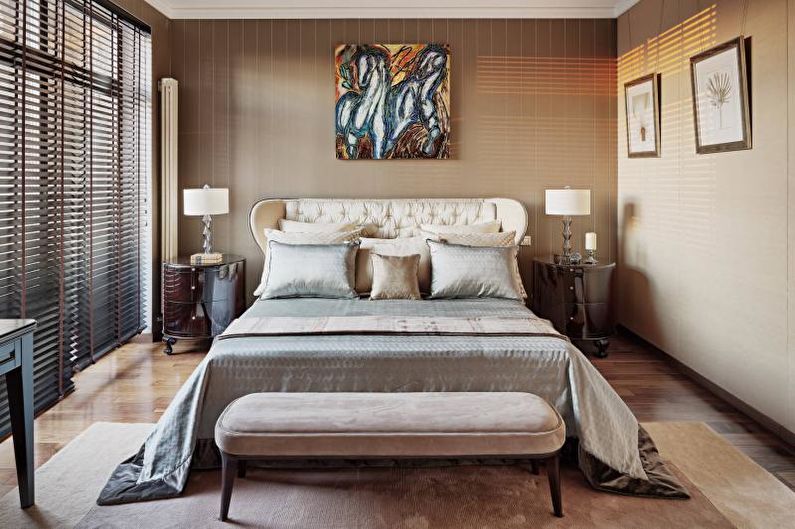
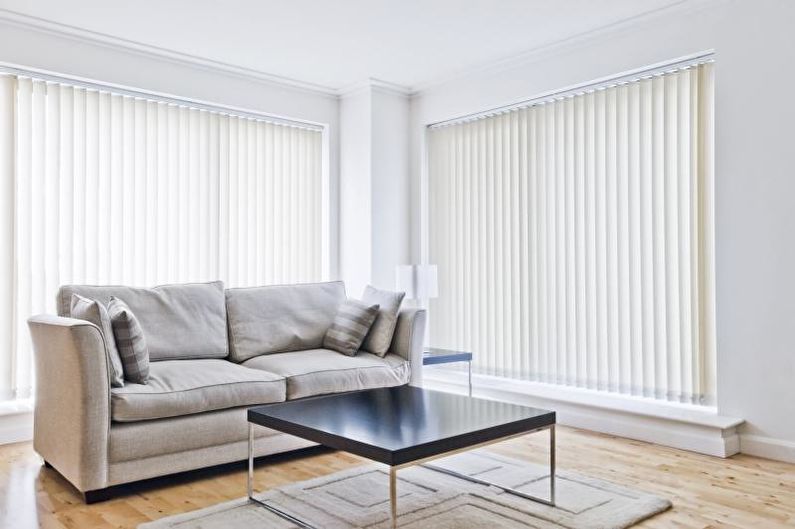
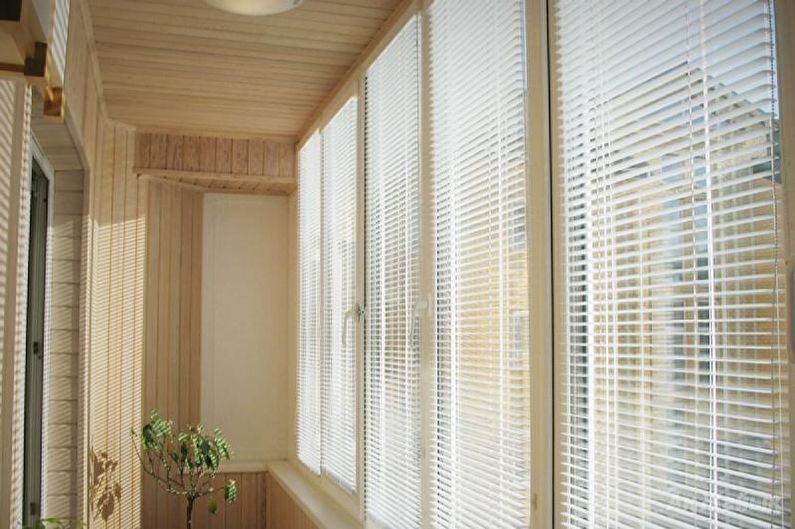

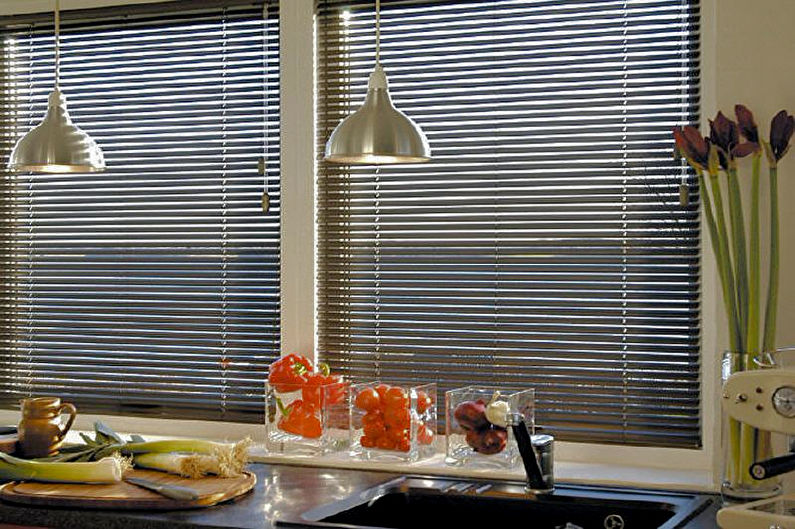
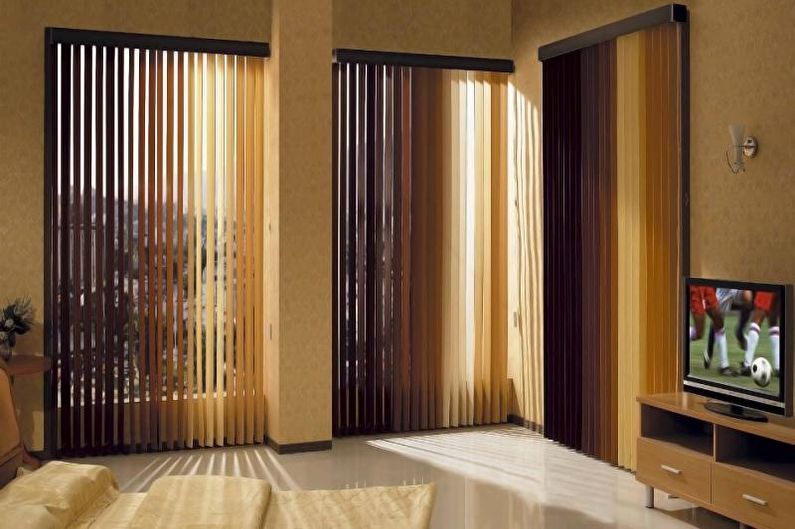
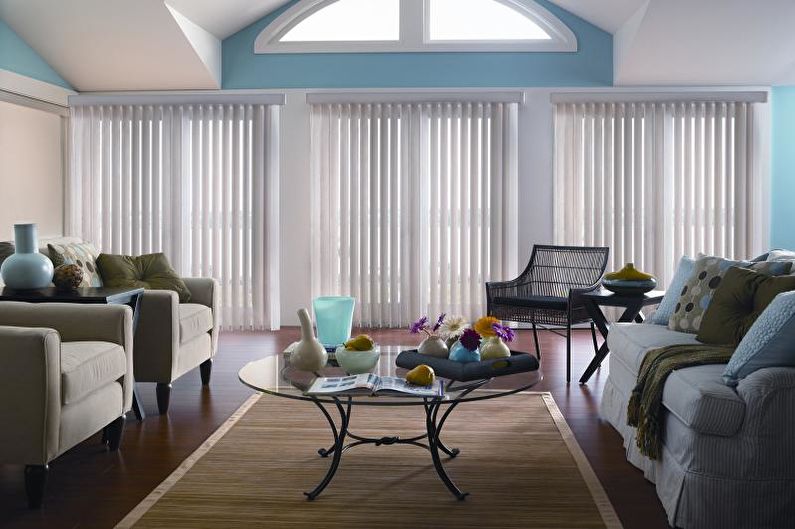
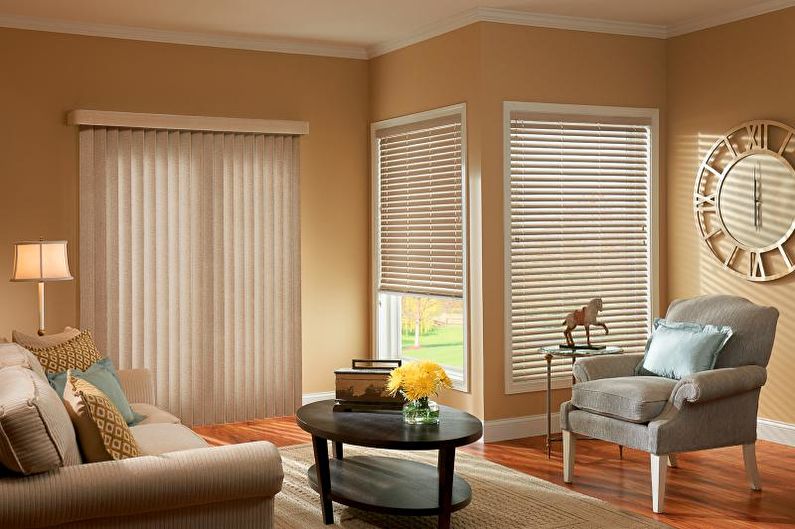
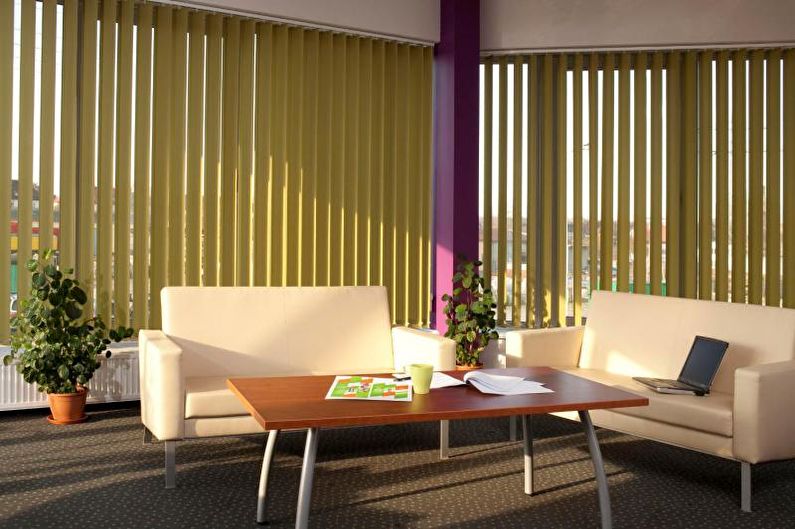
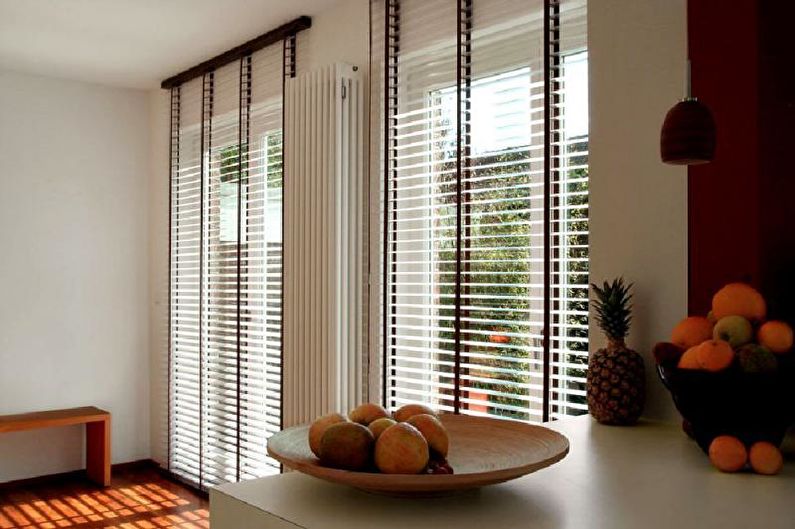
Aluminum blinds
One of the most inexpensive and simple ways to close the room from sunlight and the eyes of strangers. The modern construction market offers a wide range of products: matte, glossy with plastic spraying, perforated, original textured. Aluminum blinds will help to create a stylish interior without extra costs.
As in the case of plastic, such lamellas are easy to wipe and wash, they protect well from the sun and do not overheat if coated with special enamel.
On the other hand, soft metal will not withstand constant pressures and touches. It is easily deformed, so often it is not recommended to open windows with aluminum shutters placed on them. In addition, it can make noise from strong gusts of wind.

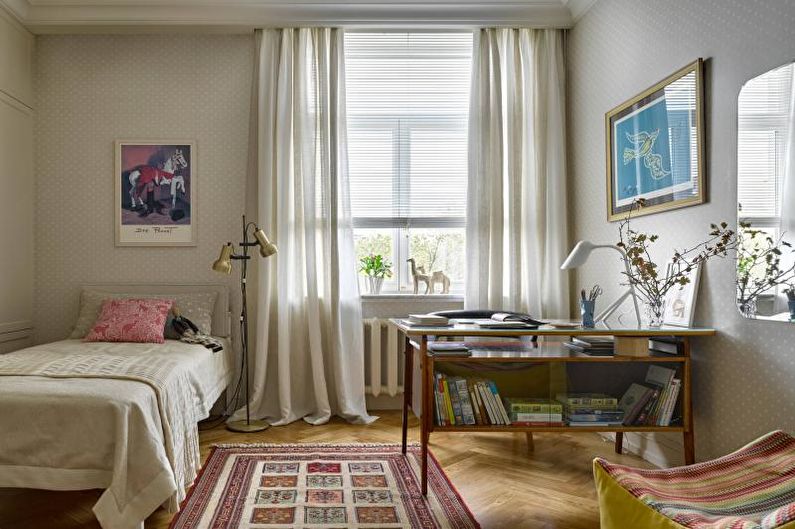

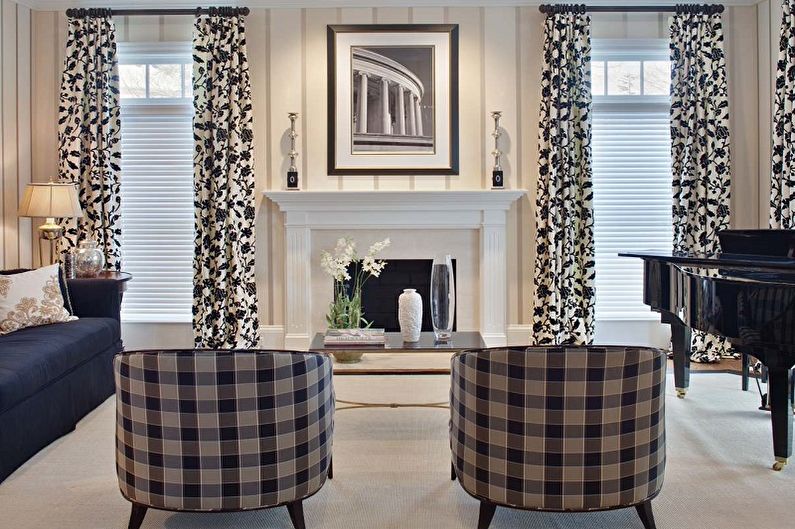
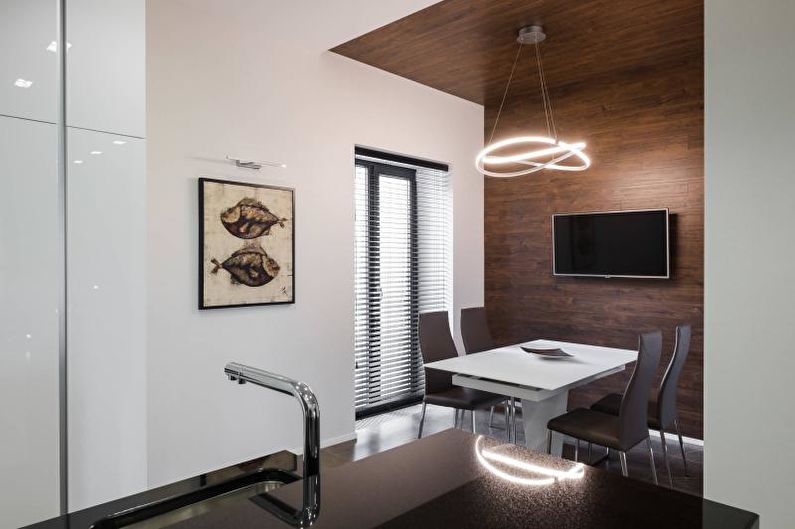
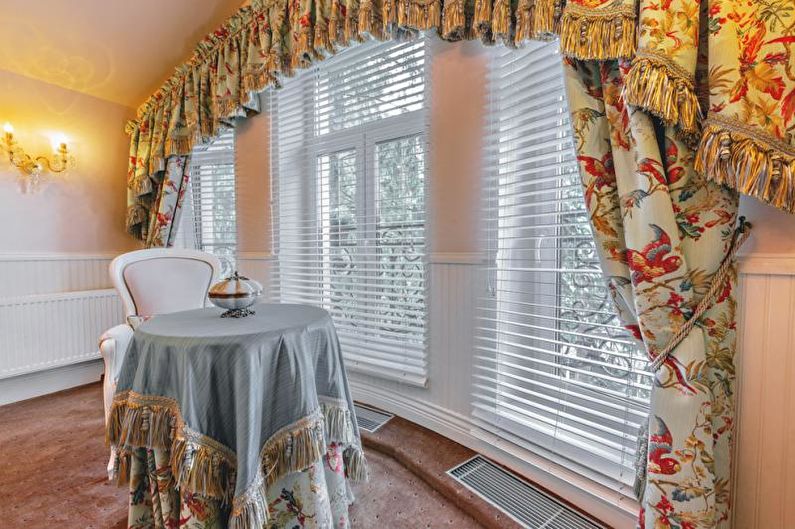
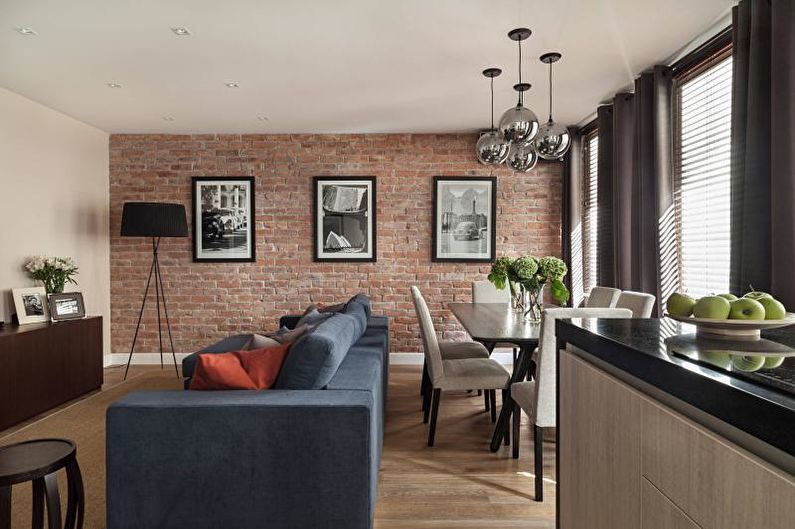
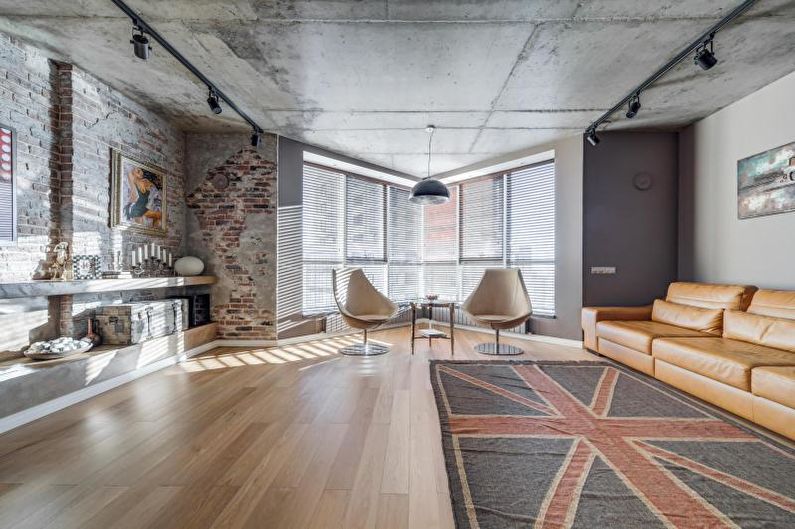
Fabric Blinds
Textile blinds can have almost any design: horizontal, vertical, roll, Roman curtains. When choosing fabric products, pay attention to the qualitative characteristics of the material - the denser it is, the longer it will be able to maintain a beautiful appearance and not sag. It is also important to inquire about the ability to transmit daylight, as some variations do not allow a large amount of light to pass through a special coating on the inside. This is of particular importance for the bedroom and living room.
Typically, fabric blinds are made from synthetic raw materials, including polyester, a durable material that does not fade in the sun.
Such blinds are cleaned with a vacuum cleaner, brush, damp sponge or washed manually using gentle powder. However, low-quality textiles can change their shape and color over time, so choose it especially carefully.


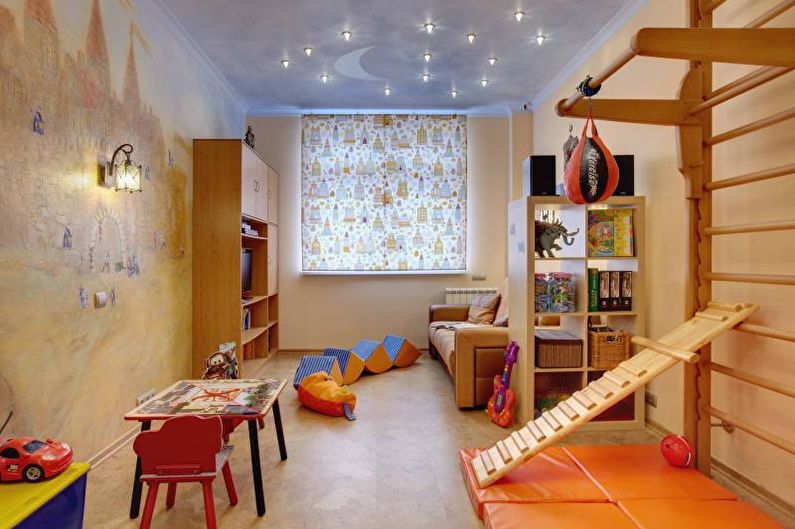

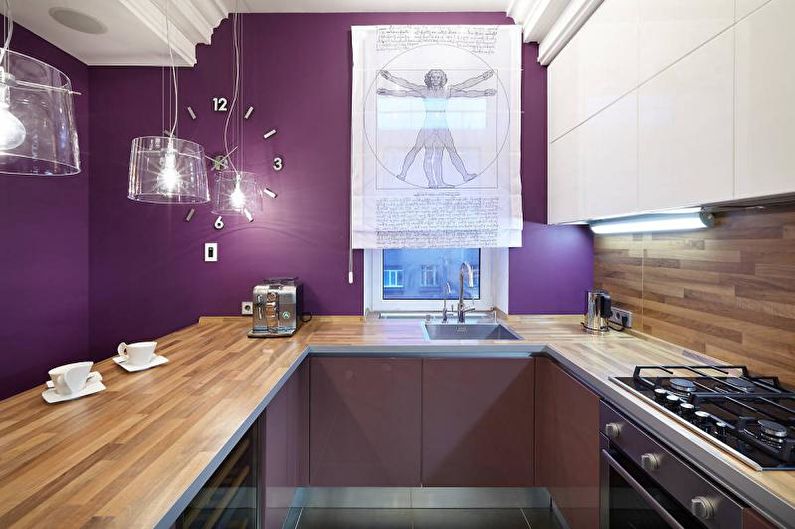
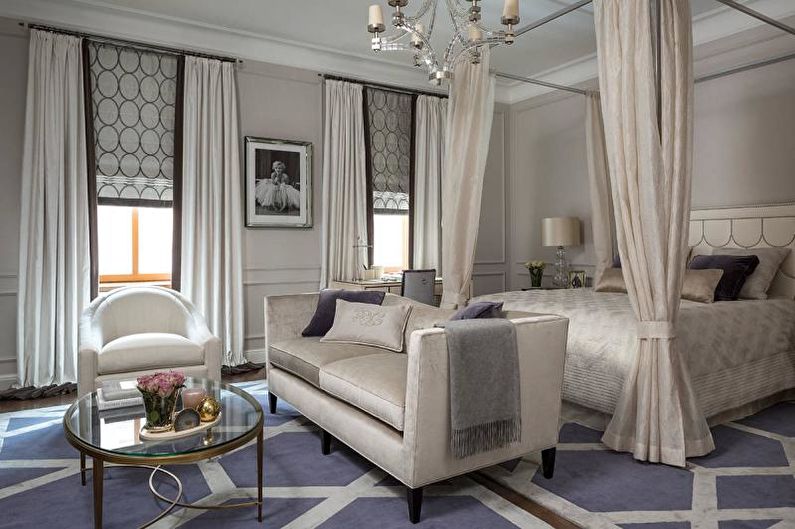



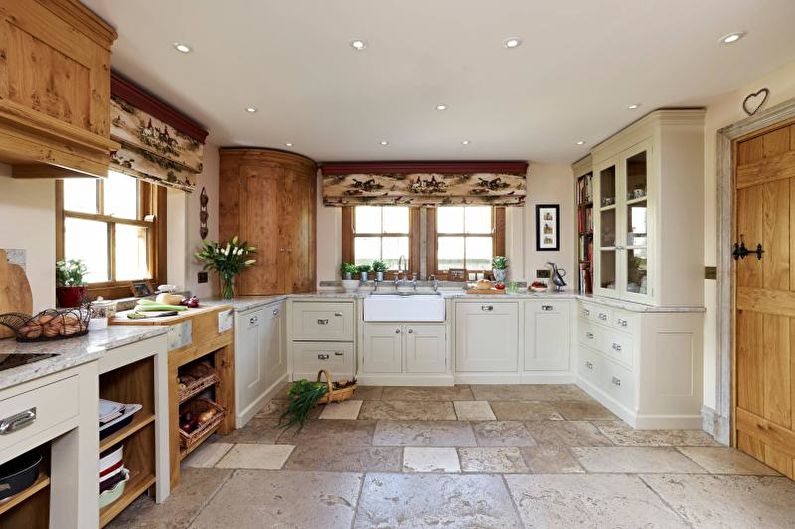
Wooden blinds
Wooden models are an expensive, but at the same time very aesthetic and natural look of blinds. In its manufacture, cedar, beech, cork, linden, and pine are used. Bamboo products look interesting. Natural color harmoniously fits into almost any interior.
In addition to attractive visual features, wood is a quality and practical material. These blinds cope with their main task no worse than synthetic analogues, perfectly preventing the passage of sunlight and the influence of temperatures. Special tools can protect the tree from a humid environment, burnout in the sun and extend its operational period for many years.
The only caveat - wooden blinds are not always suitable for large windows, because they are quite heavy and require a strong frame. They need to be cleaned only in a dry way.
